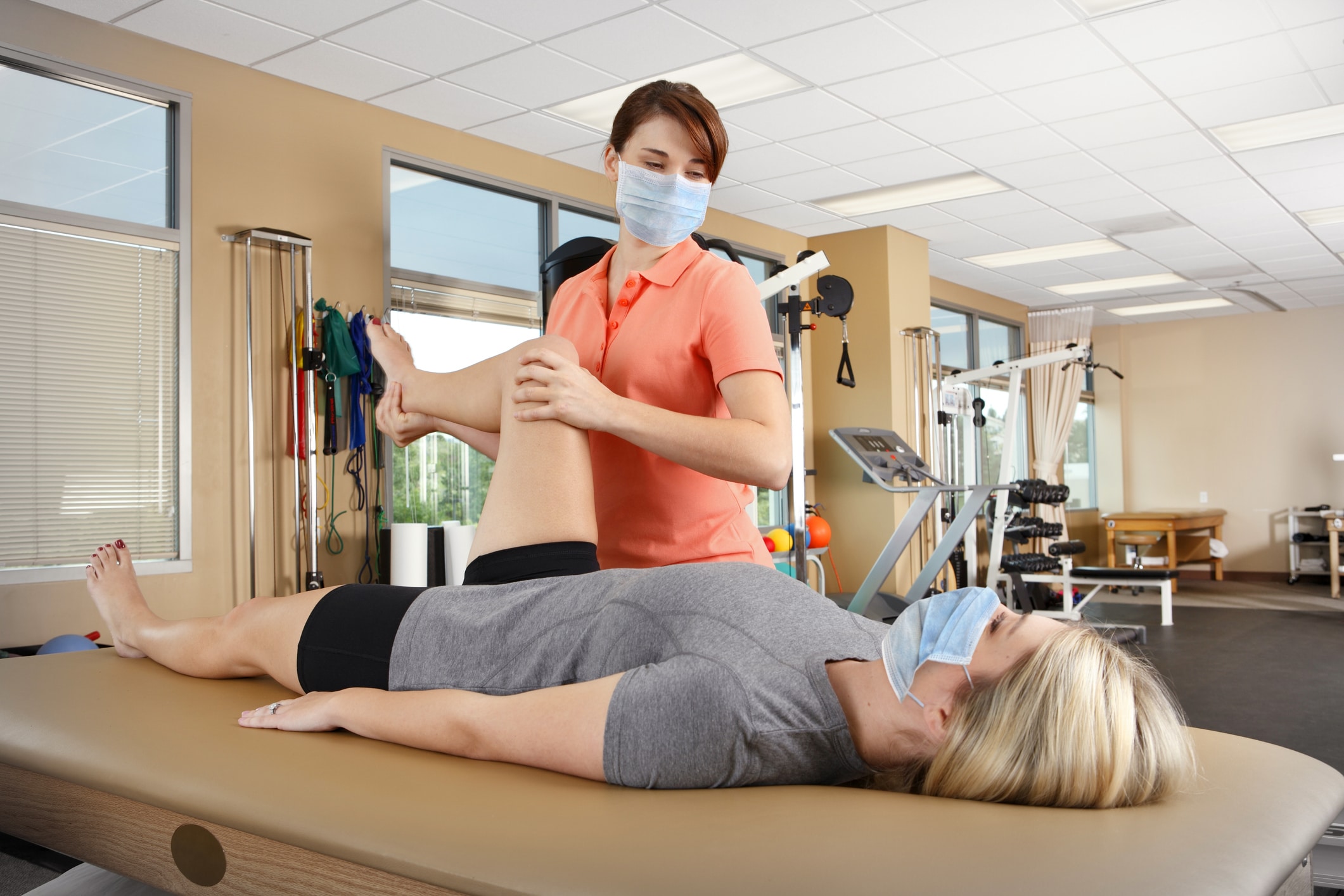Effective Approaches to Minimize the Risk of Acute Traumas in Sports Via Focused Preventive Tactics
Effective Approaches to Minimize the Risk of Acute Traumas in Sports Via Focused Preventive Tactics
Blog Article

Acute traumas in sports can occur unexpectedly and frequently lead to critical issues for athletes. These injuries can range from twists and tears to breaks and head injuries. To help prevent these injuries, it is essential to implement targeted protective strategies. These strategies focus on awareness, appropriate preparation, gear use, and overall health maintenance. By addressing these key areas, athletes can significantly lower their risk of experiencing acute injuries while engaging in their beloved activities.
One effective approach to reducing the risk of traumas is through instruction. Players, trainers, and guardians should be educated about the common types of injuries associated with particular activities. Understanding the mechanics of these traumas allows all involved to identify the indicators and symptoms early. Educational workshops or seminars can assist teach players about correct techniques and the importance of warming up before matches or training sessions. This knowledge empowers players to take responsibility for their safety and encourages them to communicate any worries about possible traumas.
Another important protective strategy is adequate training. Athletes should participate in a well-rounded conditioning program that centers on building strength, flexibility, and endurance. Strength conditioning helps build the muscle groups that stabilize joints, lowering the likelihood of injuries. Flexibility routines, such as stretching, can improve the scope of motion and decrease the risk of muscle tears. Additionally, players should integrate sport-specific drills that mimic game scenarios, which can help them become more familiar with the actions involved in their chosen activity. Trainers play a crucial role in developing and executing these training programs to ensure they are safe and effective.
The use of appropriate equipment is also vital in reducing acute traumas in athletics. Athletes should consistently wear the right equipment for their specific activity, including helmets, pads, and proper footwear. For instance, football players need helmets to shield against head injuries, while soccer players require shin guards to shield their legs from collision. It is essential that gear fits correctly and is maintained regularly to guarantee it provides the intended safeguarding. Trainers and parents should encourage athletes to take the effort to choose and use the appropriate equipment to minimize their risk of trauma.
In addition to awareness, training, and gear, upholding overall well-being is essential for injury prevention. Players should emphasize adequate nutrition, hydration, and rest to keep their bodies in top shape. A balanced diet rich in vitamins and minerals aids support muscle recovery and overall physical performance. Maintaining hydrated is also important, as dehydration can result to exhaustion and heighten the risk of injuries. Lastly, getting enough rest is crucial for recovery and maintaining focus during practices and games. By encouraging good health habits, players can enhance their effectiveness and lower their chances of experiencing acute injuries.
In summary, minimizing the risk of acute injuries in athletics requires a multifaceted method that includes awareness, proper preparation, suitable gear, and overall well-being maintenance. By focusing on these targeted preventive strategies, players can better protect themselves from the dangers of injuries. Trainers, guardians, and players all have important roles to play in fostering a safe athletics environment. By cooperating together and emphasizing protection, the enjoyment of sports can continue without the disruption of painful see this website traumas.